First Impressions of a Sacred City
Stepping into Anuradhapura felt like walking into another time. The air was warm and still, scented with frangipani flowers. Ancient stupas rose above the trees, their white domes gleaming in the sunlight. Pilgrims in white sarongs walked barefoot along sandy paths, their hands full of lotus flowers for offerings. This wasn’t just a place to see—it was a place to feel.
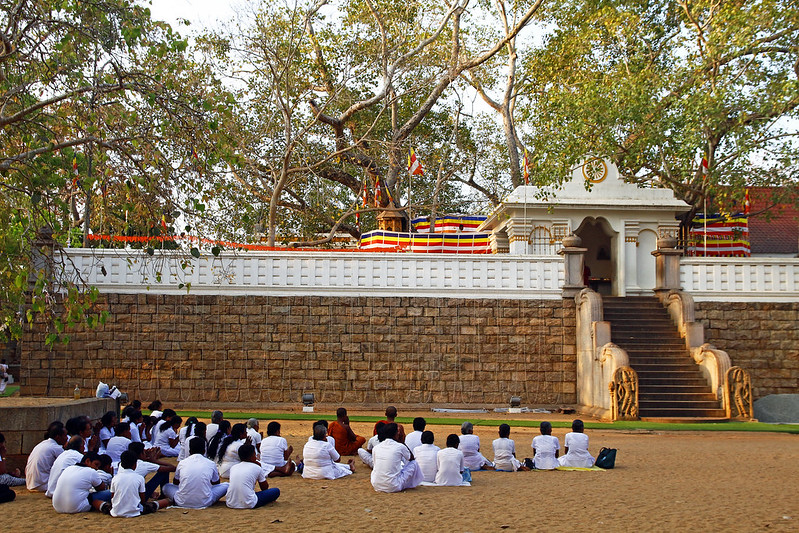
The Sacred Bo Tree
My first stop was the Sri Maha Bodhi tree, said to have grown from a branch of the very tree under which the Buddha attained enlightenment. The tree was adorned with colorful prayer flags fluttering in the breeze. Devotees sat quietly beneath it, some meditating, others whispering prayers. I joined them for a moment, closing my eyes, feeling the centuries of faith rooted in that soil.
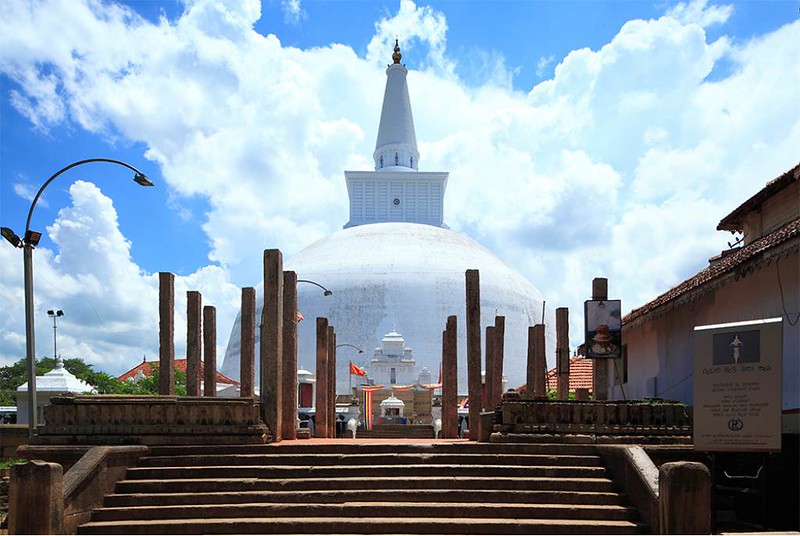
Walking Among the Dagobas
From there, I wandered toward the massive Ruwanwelisaya stupa. Its sheer size was awe-inspiring, yet the atmosphere around it was serene. Monks in saffron robes circled slowly, chanting. Families knelt at the base, laying flowers in neat, fragrant rows. Each stupa I visited—Thuparamaya, Abhayagiri—seemed to hold its own quiet personality, a unique echo of the city’s long history.
Moments of Reflection

In between the monuments were tranquil ponds where lotus flowers floated on still water. I stopped often, not just to admire the beauty, but to let the calm sink in. Anuradhapura’s ruins are not silent relics—they are living places of worship, where the past and present breathe together.
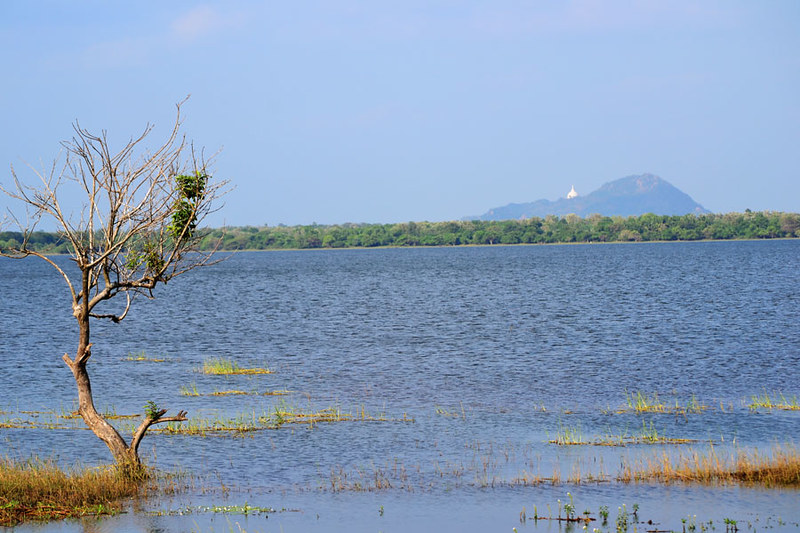
Leaving with a Lighter Heart
By the end of the day, my feet were dusty, my mind still, and my heart unexpectedly lighter. Anuradhapura had given me more than stories and photos—it had given me a sense of connection to something timeless. Walking away, I realized it wasn’t just a journey through history. It was a journey inward.


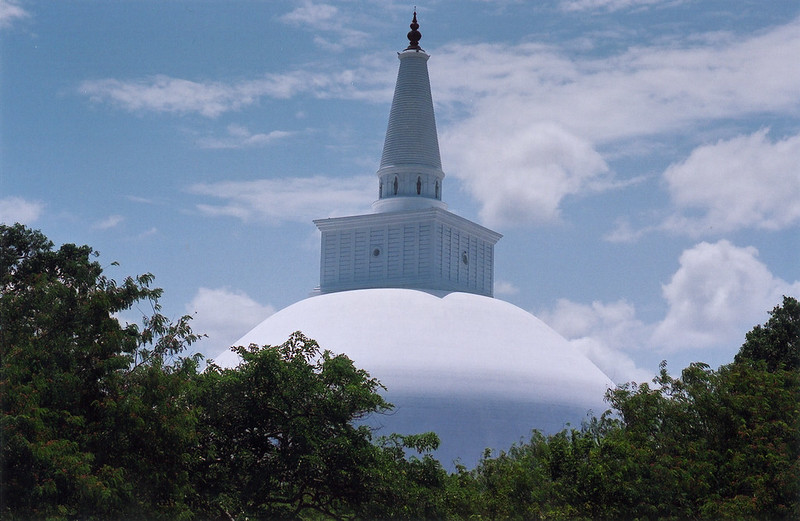
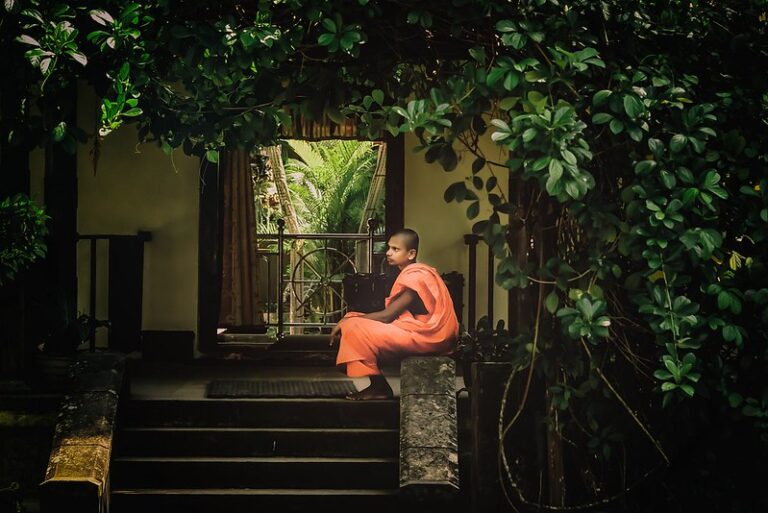
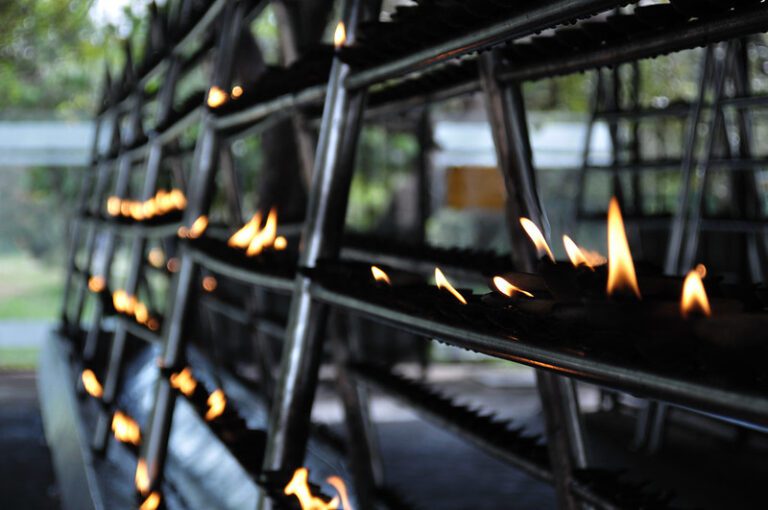
A Spiritual Walk Around the Ancient City of Anuradhapura